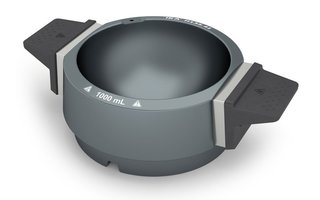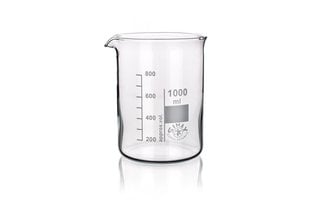You have no items in your shopping cart
Catalog
A magnetic stirrer is an electrical device used in the chemical laboratory to stir liquids. Usually, the mixer adjustment plate is also a heating plate for heating the liquid; one then speaks of a heating stirrer.
The magnetic stirrer was patented in 1944 by the American chemist Arthur Rosinger and independently developed a few years later by the Scottish chemist Edward McLaughlin.
The liquid is placed in a beaker, conical flask or the like on a plate under which a magnet rotates at an adjustable speed. This so-called stir bar or stir magnet is usually coated with plastic (e.g. PTFE) or glass to reduce friction and make it chemically inert.
Magnetic stirrers make it possible to mix liquids, even in closed vessels, without experiencing problems with seals or lubricants of the drive, as is the case with stirrers with shafts. For example, you can work in a protective gas atmosphere or with substances that need to be isolated from the environment. The simple construction of the stir bar also makes cleaning and sterilization much easier. To get the small magnet out of the barrel, use a 300 or 450mm long, PP encapsulated or a 150, 250 or 350mm long, PTFE encapsulated magnetic rod, also known as stir fishing rod.
The use of a magnetic heating stirrer has the advantage over heating over a Bunsen burner flame or a laboratory heating hood that the temperature can be set relatively accurately and can be controlled, for example, by a connected temperature controller. The supplied heat is quickly and evenly distributed over the contents of the vessel by the stirring movement, thus avoiding delay in boiling. In addition, due to the flammability of many solvents, e.g. B. in organic chemistry, do not work with an open flame, therefore you must use a hob or a magnetic stirrer with heating.




